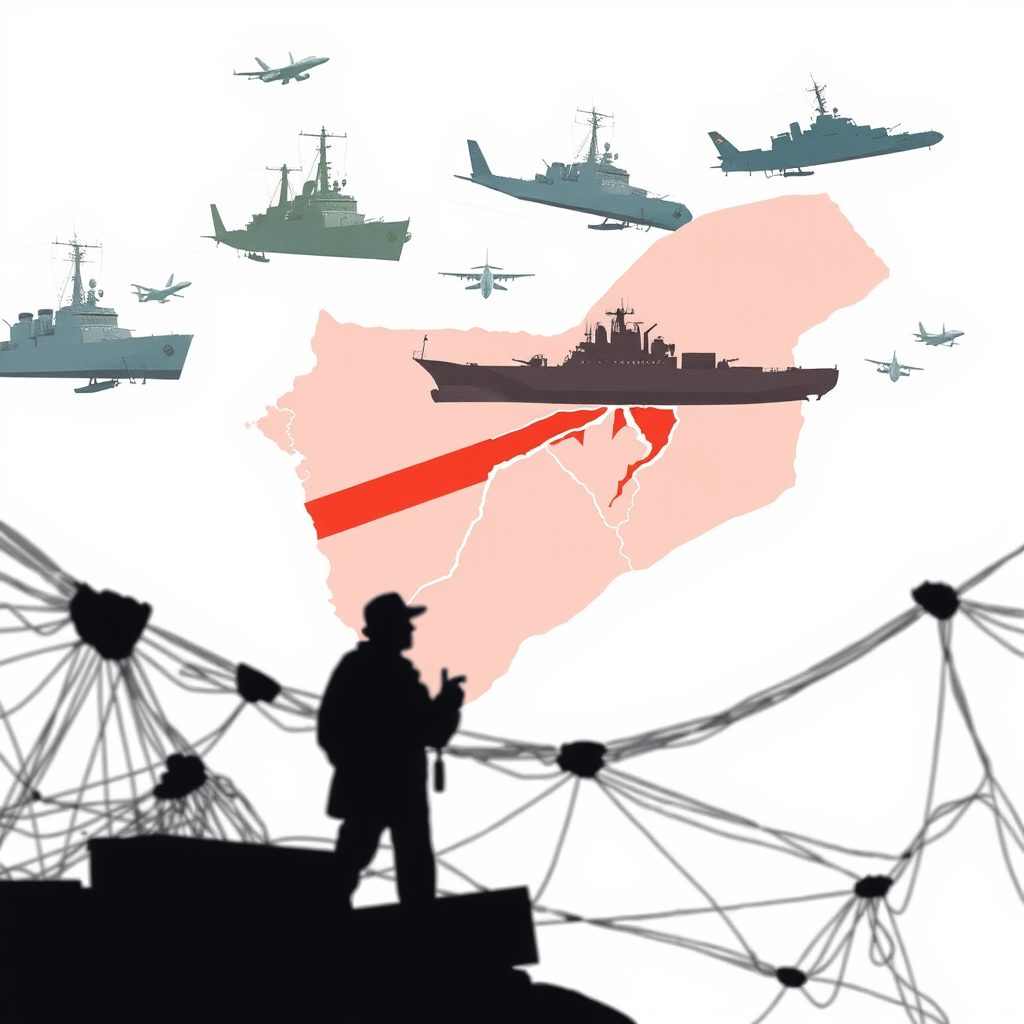US Drawn Into New Middle East Conflict?

The United States is increasingly entangled in a renewed conflict in Yemen, raising concerns about a potential long-term commitment in the Middle East despite previous pledges to shift focus towards Asia and disengage from regional conflicts. What began as airstrikes against Houthi rebels, aimed at protecting shipping lanes in the Red Sea, is rapidly evolving into a more complex and potentially protracted operation.
For weeks, the U.S. military has been conducting strikes against Houthi targets, responding to attacks on commercial vessels. These actions, while initially presented as a limited response, have escalated with the deployment of additional naval assets, including a second aircraft carrier strike group, and advanced missile defense systems relocated from the Pacific. The financial cost is already substantial, with over $200 million in munitions expended in just the first three weeks of the campaign.
The Biden administration frames the operation as necessary to safeguard maritime traffic and deter further Houthi aggression. However, analysts suggest a broader strategic calculation is at play – a demonstration of resolve directed at Iran, the Houthis’ primary patron. This coincides with ongoing, and currently stalled, negotiations regarding Iran’s nuclear program, and the possibility of military action remains on the table should those talks fail.
The situation is fraught with risk. While U.S. officials maintain that ground troops are unlikely to be deployed, support for a potential ground offensive by anti-Houthi Yemeni factions is under consideration. This would inevitably draw the U.S. deeper into Yemen’s complex civil war, mirroring past interventions that have yielded limited success and fueled instability.
The Houthis, despite facing a sustained aerial campaign and a years-long war with a Saudi-led coalition, have proven remarkably resilient. A decisive victory against the U.S. would significantly bolster their regional standing and embolden Iran’s proxy network. Conversely, a prolonged and inconclusive campaign risks portraying the U.S. as unable to achieve its objectives, further undermining its credibility.
The impact on global trade is already being felt, with shipping through the Red Sea significantly reduced. Restoring normal traffic will require a sustained period of calm, and even then, insurance companies may remain hesitant to assume the associated risks.
The administration’s stated goal of pivoting away from the Middle East appears increasingly elusive. The commitment of resources to Yemen, coupled with the potential for escalation, raises serious questions about the feasibility of prioritizing Asia. While the administration insists this operation is distinct from a broader shift in strategy, the reality on the ground suggests a continuation of the U.S.’s long-standing involvement in the region’s conflicts.
The situation demands careful consideration. A hasty withdrawal could embolden the Houthis and destabilize the region. However, a prolonged and open-ended commitment risks repeating the mistakes of the past. The administration must clearly articulate its long-term objectives and develop a comprehensive strategy that addresses the underlying causes of the conflict, rather than simply reacting to immediate threats. The current trajectory suggests a deepening entanglement, and a renewed commitment to avoiding another protracted Middle Eastern war is crucial.